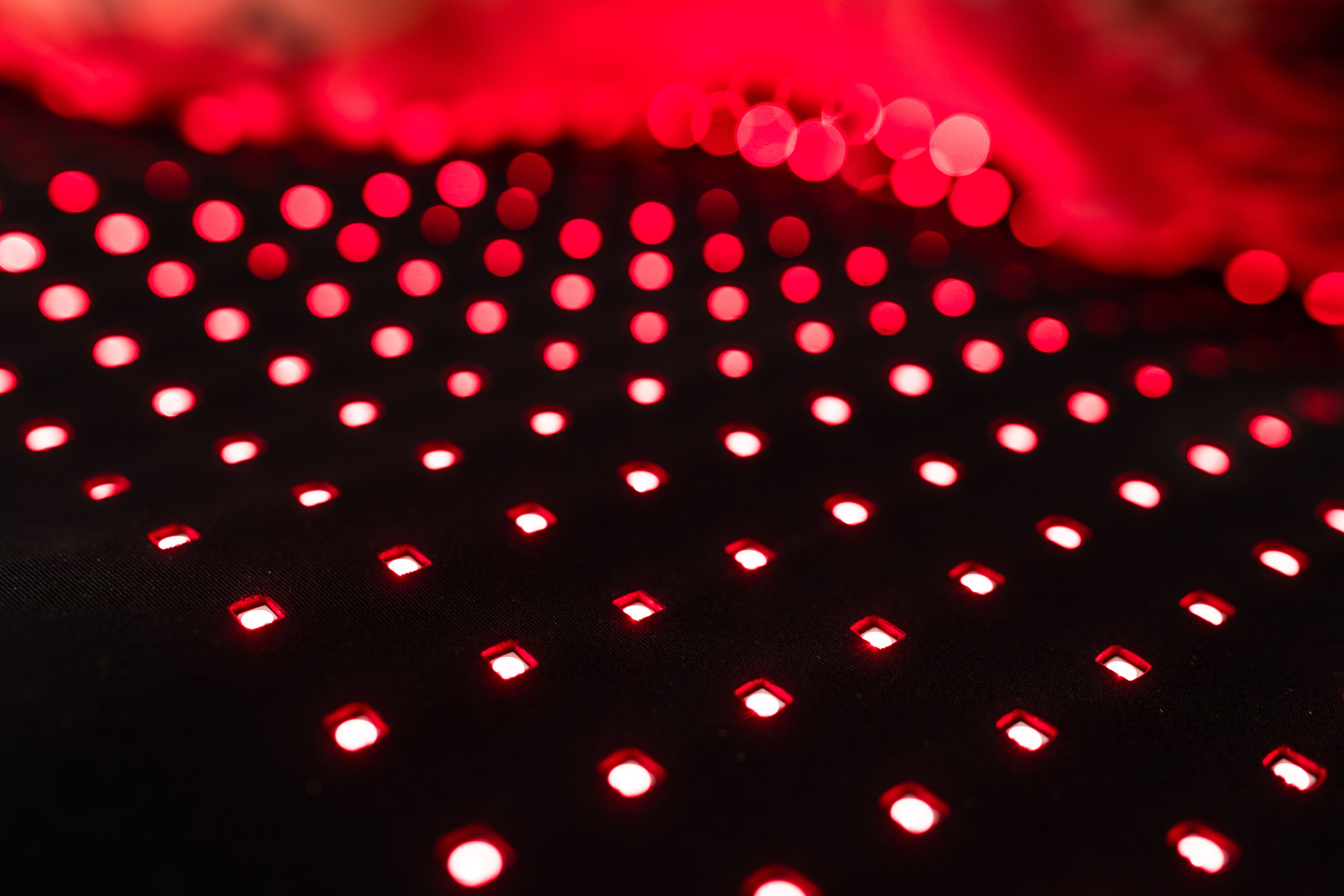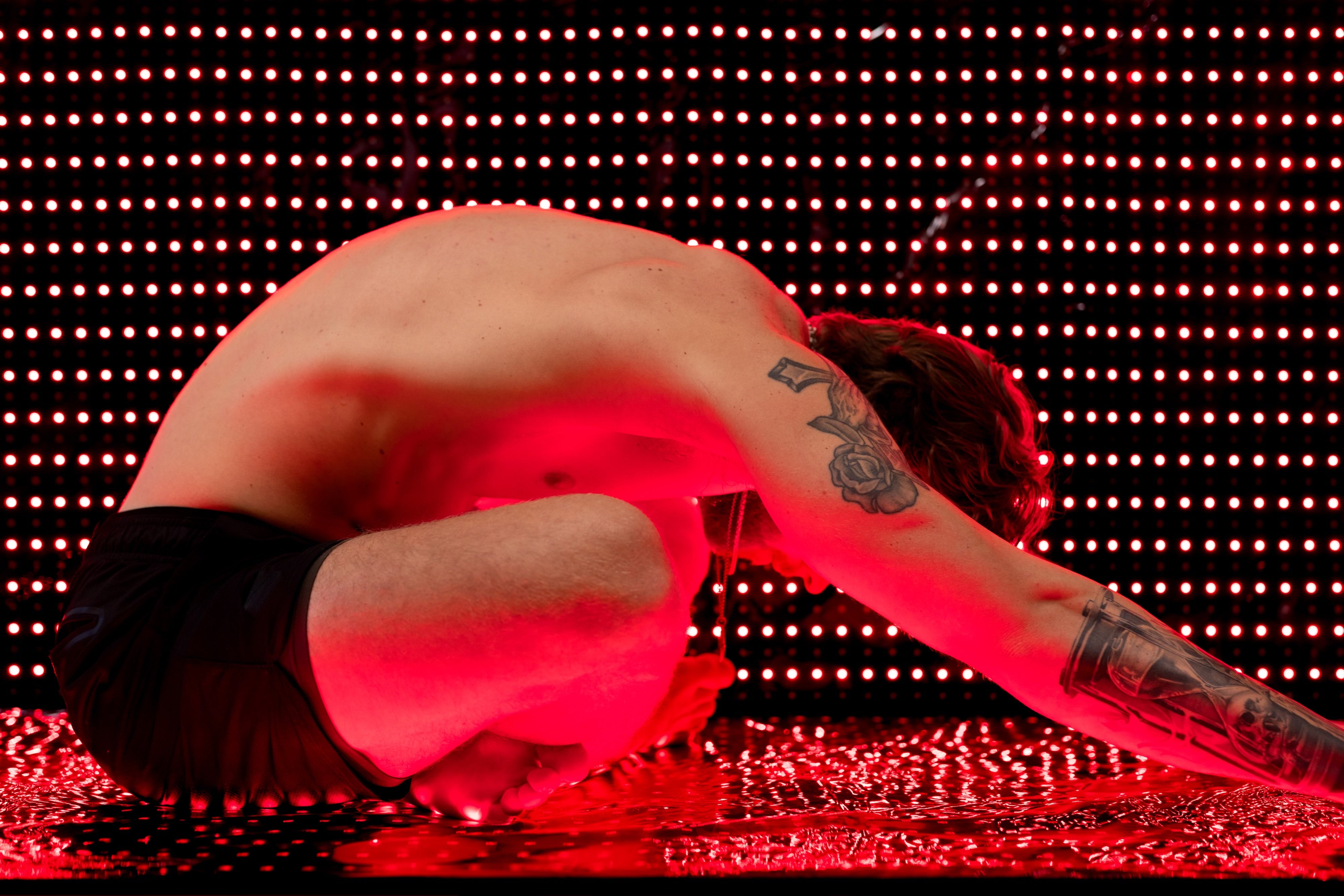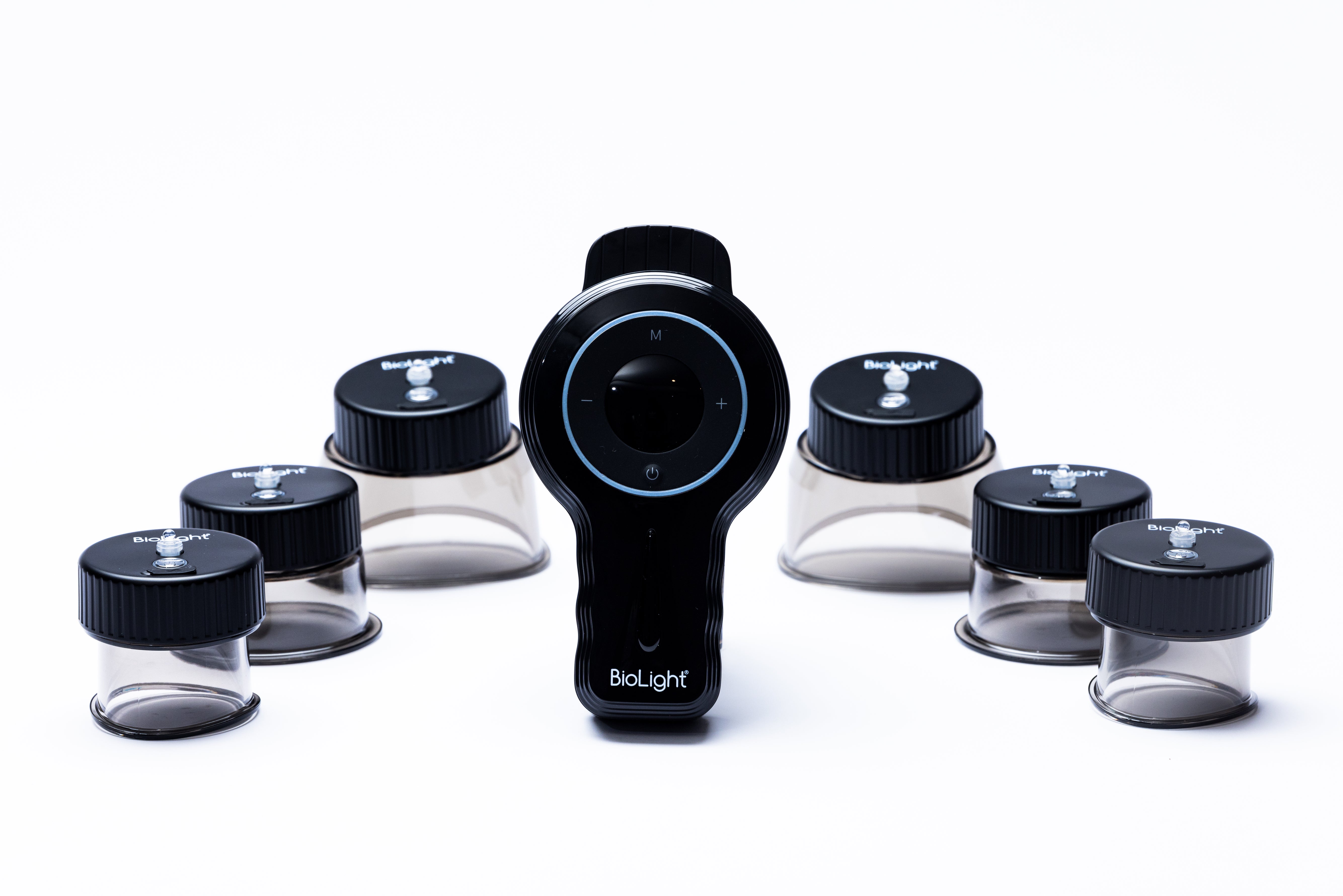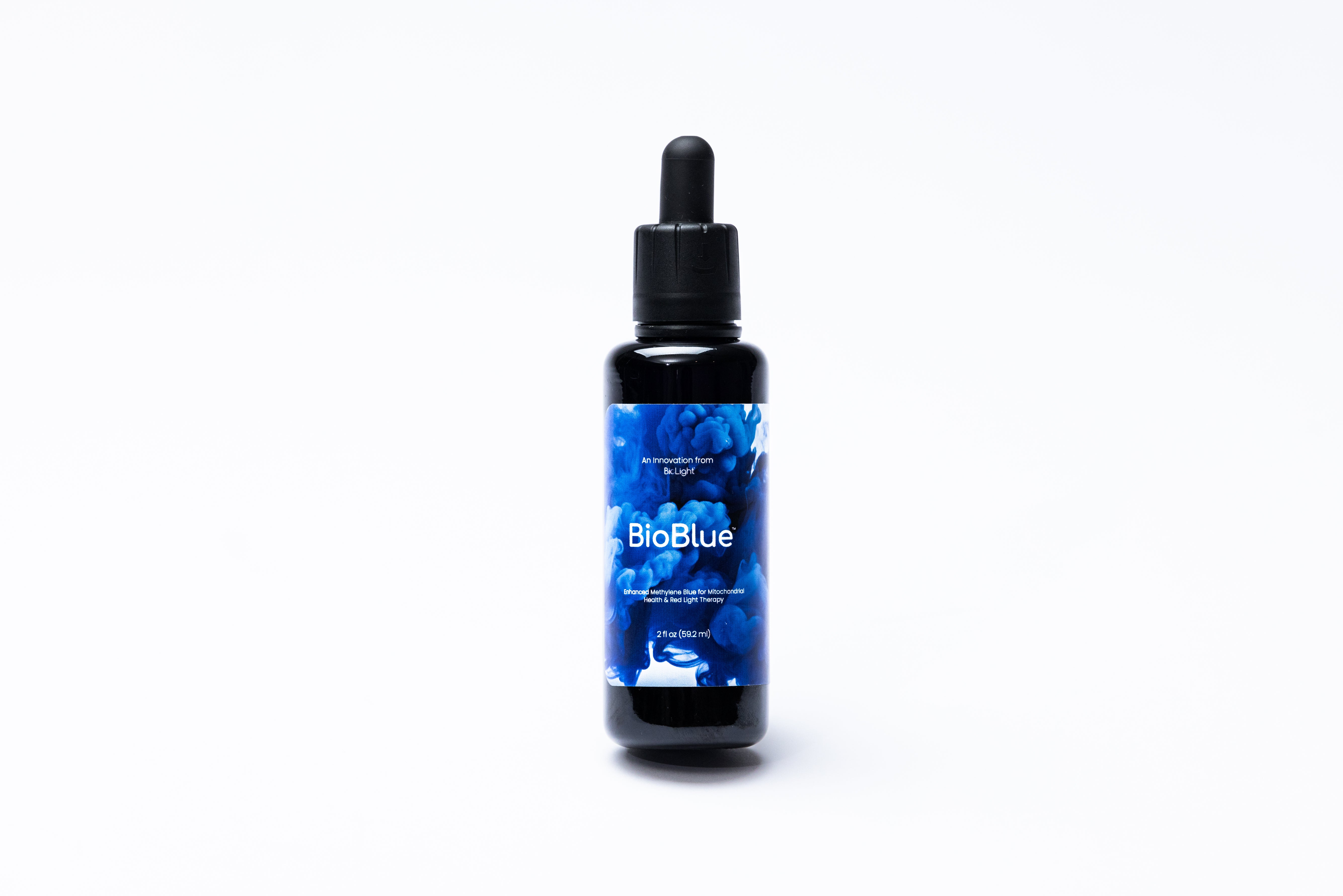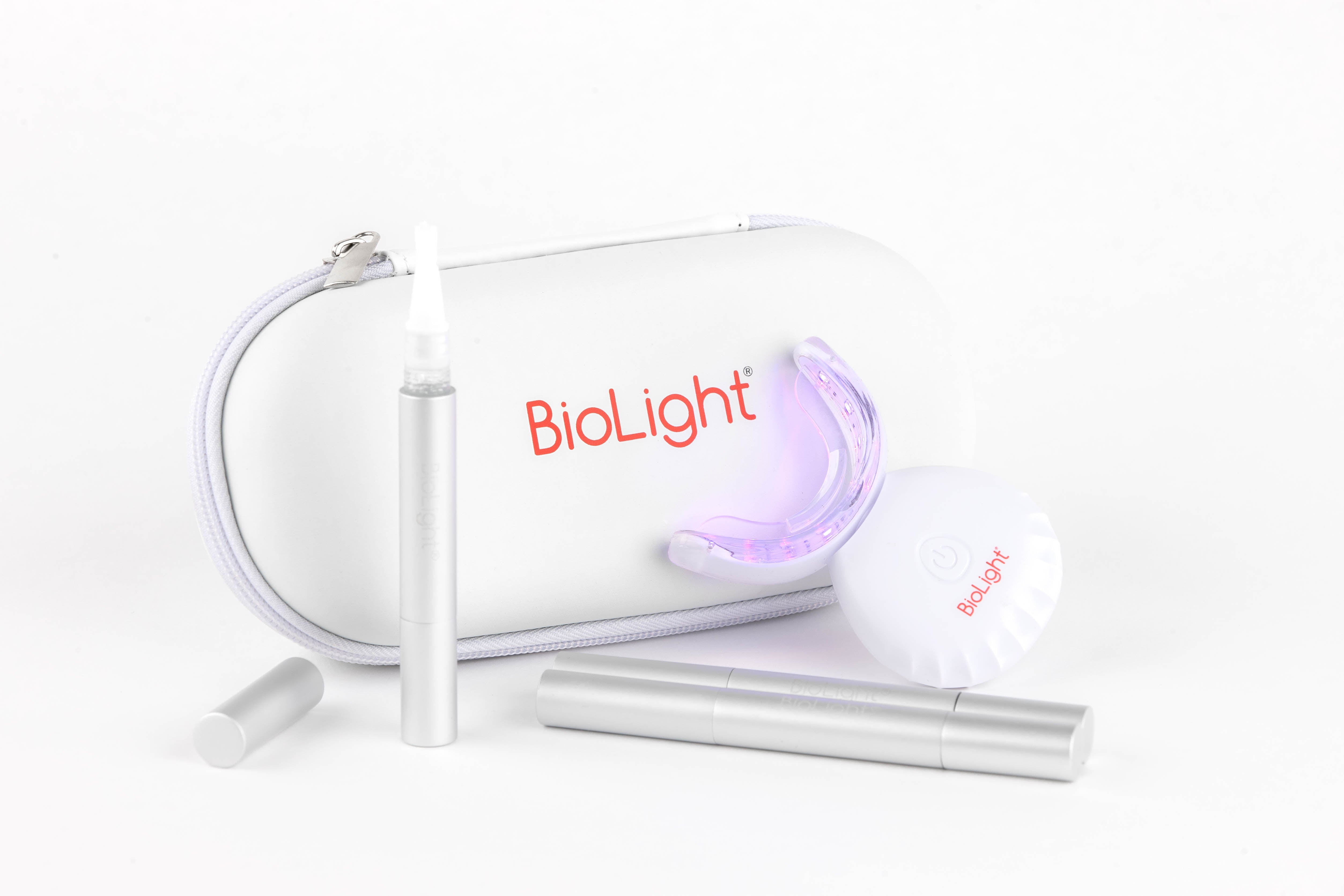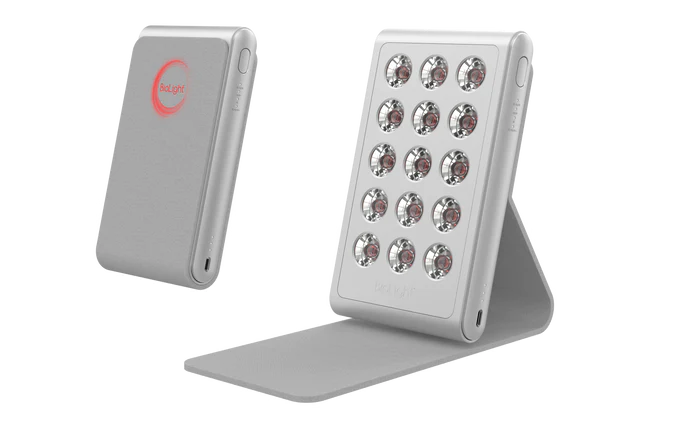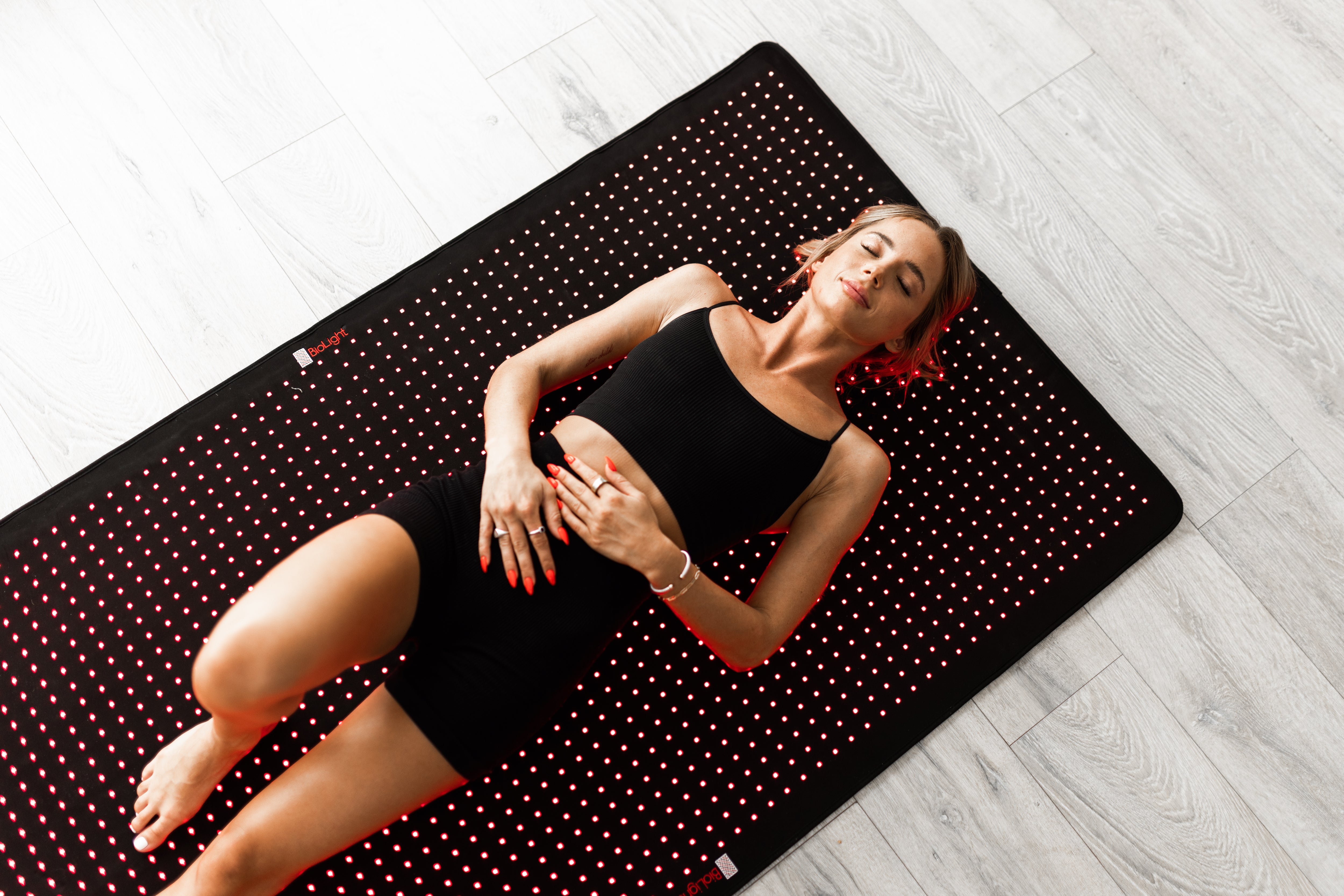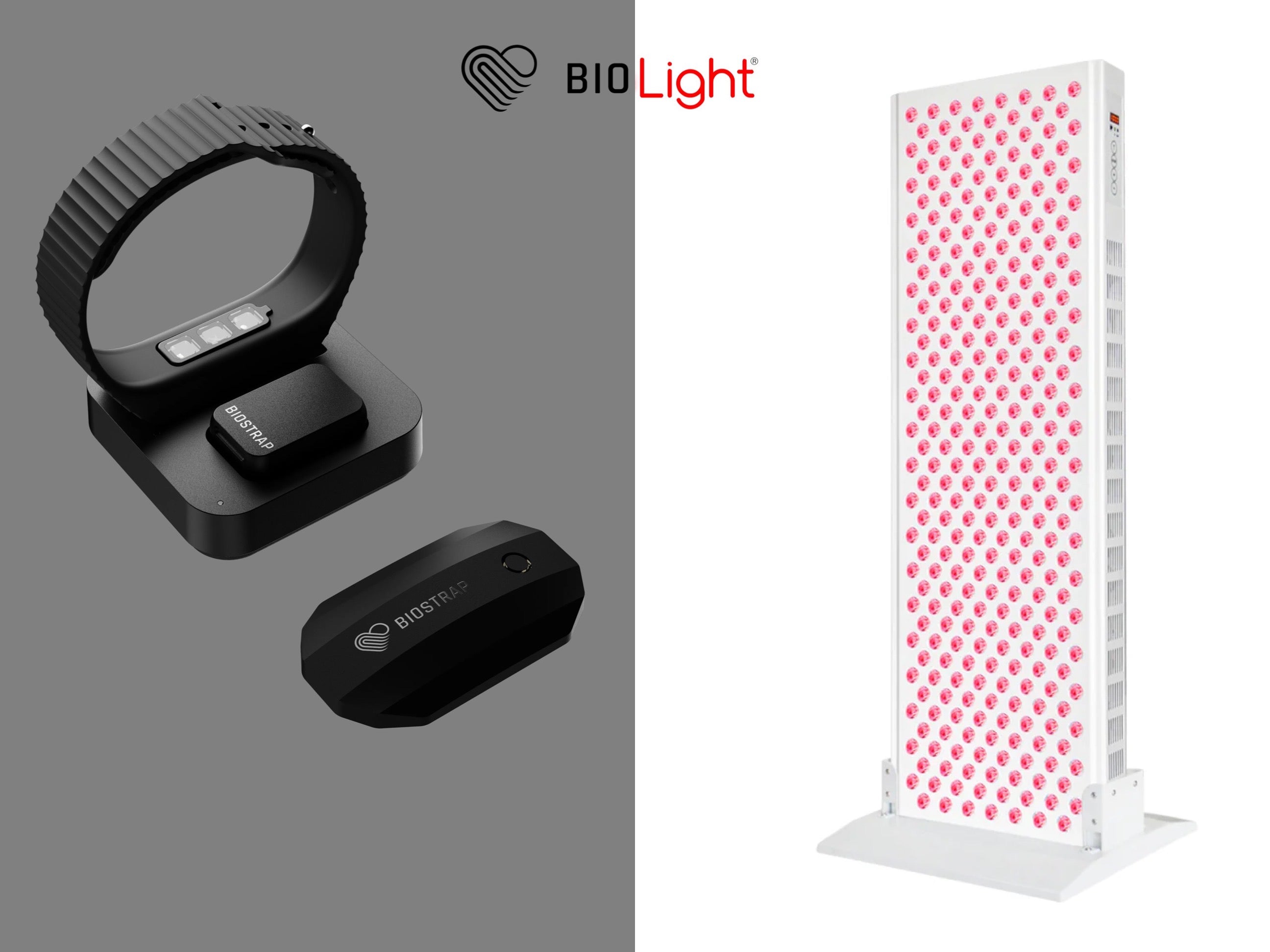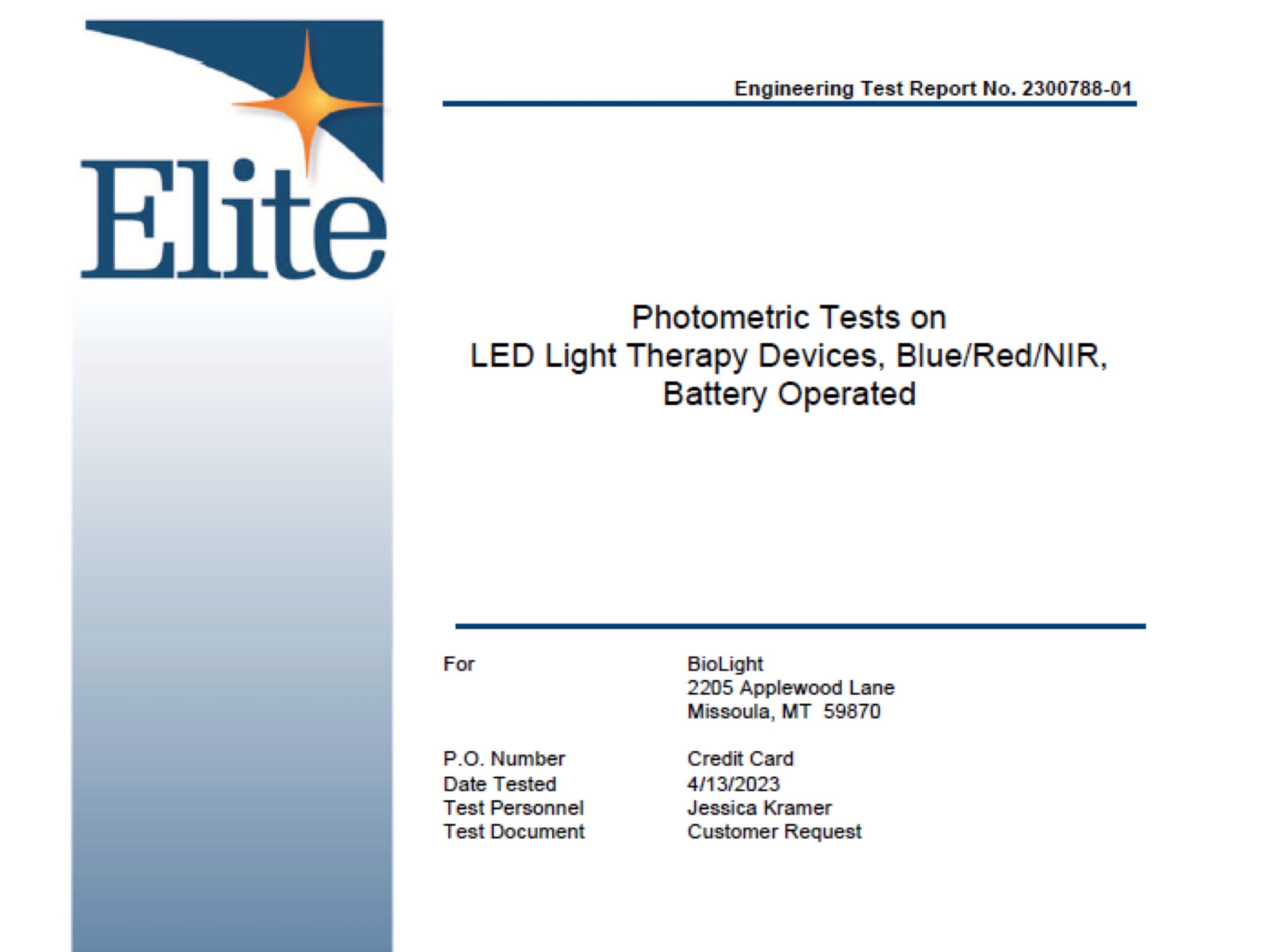Eyes
Eyes are some of the most mitochondrial-dense tissues in our body (third to only the brain and heart), so it makes sense that they could benefit from red light therapy (RLT). Scientific research has demonstrated that red and near-infrared light (NIR) irradiation can even regenerate damaged retinal tissue. RLT's ability to act as an anti-inflammatory, anti-oxidant and anti-apoptotic protector makes it a strong candidate to assist with age-related macular degeneration as well.
It seems that NIR is the most beneficial for the mitochondria and, thus, the most efficacious choice for eye treatments -- along with the fact that the sheer brightness of the red light may lead to unwanted eye damage. With that being said, we advise that you consult with a medical doctor and/or an ophthalmologist before commencing RLT eye treatments.
Pregnancy
Currently, there is no data to verify one way or another as to whether RLT can be harmful for pregnant women. However, women are constantly exposed to sunlight -- which has both red and NIR wavelengths -- during pregnancy. But due to the fact that these two wavelengths are being emitted in concentrated doses there may be some unexpected effects. Some articles have pointed out that relevant research suggests that using RLT on other parts of the body away from the belly is likely safe. But, again, consult with a medical doctor for their professional opinion before administering RLT treatments.
Side Effects
Red light therapy is extremely safe and it is rather difficult to "overdose" on this type of light. But as with any type of biological treatment, there are some potential negative side effects. And while the possibility is there, negative side effects are relatively infrequent. Reported symptoms include nausea, fatigue and exacerbation of pain 1 - 2 days after treatment.
Contraindications
No contraindications have been found with respect to light-emitting diode (LED) red light therapy (RLT). The wavelengths engineered into our devices are therapeutic wavelengths of light (red light at 660nm; near-infrared light at 850nm) and not potentially harmful wavelengths, such as (overexposure to) UV. LED RLT is a technology that was originally developed by NASA and has been used successfully for medical purposes for many decades.
Although there are no contraindications for LED RLT, we still advise that you consult your doctor and seek their professional medical advice.
Considerations
Personal Factors
Evidence suggests that a number of factors will alter the treatment protocol to achieve a desired outcome, including skin pigmentation, where greater melanin content necessitates a greater dose. Similarly, greater amounts of adipose tissue between the skin and target tissue will also necessitate a greater dose to reach the target. Below is a summary of important factors to take into consideration that may affect RLT treatment outcomes:
-
Age/health status
-
Young/healthy vs. older/frail vs. young/unhealthy vs. older/vibrant
-
-
Severity & duration of health condition
-
ie, headache vs. Alzheimer's, skin wrinkles vs. diabetic ulcer
-
Acute vs. subacute vs. chronic
-
-
Skin pigmentation
-
More melanin requires a larger dose
-
-
Adipose tissue
-
More fat requires a larger dose
-
-
Medications
-
Steroids, opioids, calcium channel blockers, etc.
-
-
Nervous system sensitivity
-
Normal vs. hyposensitive (depressed nervous system) vs. hypersensitive (ie. fibromyalgia)
-
-
Mental status
-
Personality traits, anxiety/depressed, catastrophizing
-
Disease Factors
Not all conditions will be responsive to RLT. For example, if you are dealing with a structural injury (ie, herniated disc, torn labrum, bone spur), RLT will not be able to alter the structure. However, RLT treatments will likely reduce inflammation, improve circulation and enhance mitochondrial health, all which may help to modulate pain levels and improve overall quality of life.
